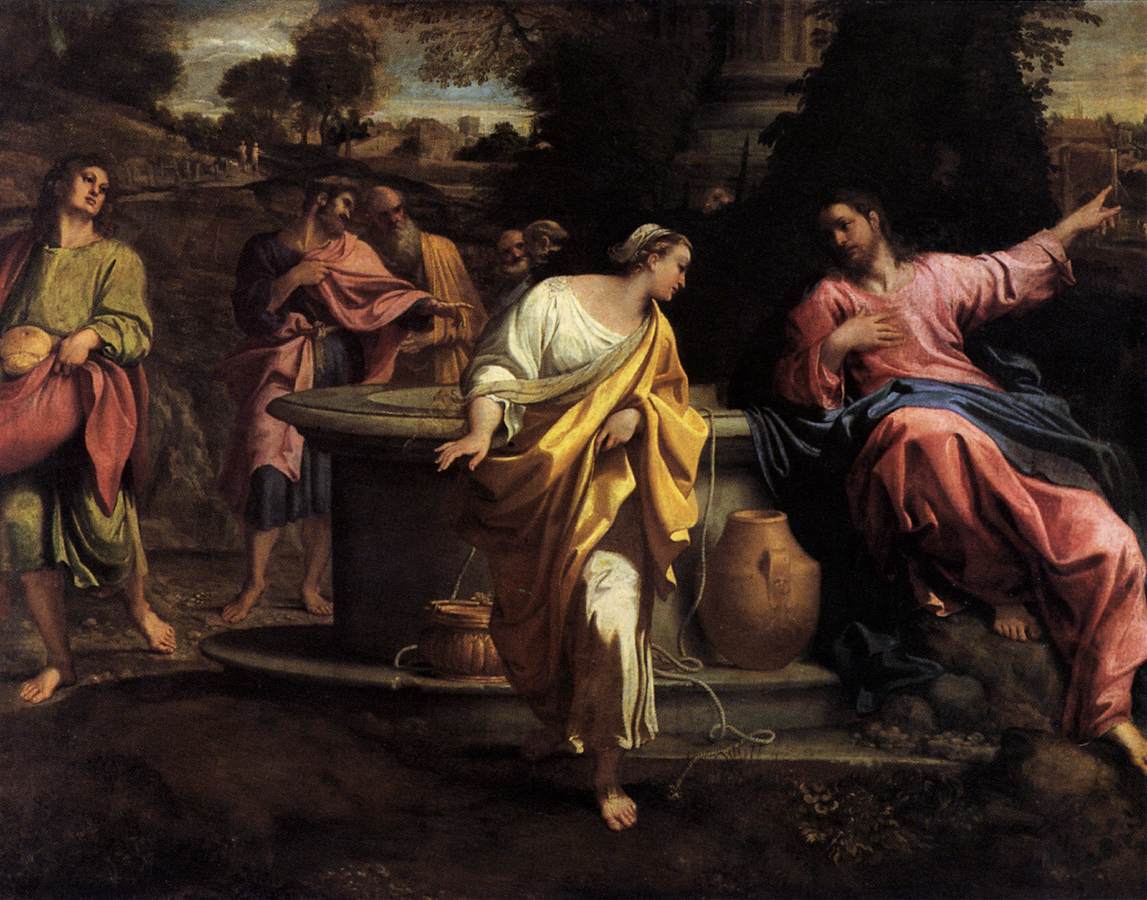Description
The painting "The Samaritan Woman at the Well" by Annibale Carracci is a masterpiece of Italian Baroque art noted for its innovative artistic style and impressive composition. The work, which measures 170 x 225 cm, depicts the famous Biblical story of the Samaritan woman who meets Jesus at a well.
One of the most interesting features of the painting is its artistic style, which combines elements of the Renaissance and the Baroque. Carracci uses a realistic and detailed painting technique to create a vivid and exciting image of the scene. In addition, the composition of the painting is impressive, with the Samaritan woman at the center of the image, surrounded by a multitude of characters who are looking at her intently.
Another outstanding aspect of the painting is the use of color. Carracci uses a bright and vibrant color palette to create a sense of movement and vitality in the work. The warm tones of the background contrast with the cool tones of the Samaritan woman's clothing, creating a stunning visual effect.
The story behind the painting is also interesting. Carracci created the work for the church of San Giacomo degli Spagnoli in Rome, which was built for the Spanish community in the city. The painting was very well received by the community and became one of Carracci's most famous works.
Finally, there are little-known aspects of painting that also deserve attention. For example, Carracci is said to have used real models to create the characters in the work, giving it a degree of realism and authenticity not seen before in religious art. In addition, it is believed that the painting was influenced by classical art and Roman culture, which gave it a unique and original touch.
In short, Annibale Carracci's "The Samaritan Woman at the Well" is a masterpiece of Italian Baroque art that stands out for its innovative artistic style, impressive composition, use of color, and interesting history. It is a work that deserves to be admired and studied for its beauty and its importance in the history of art.

